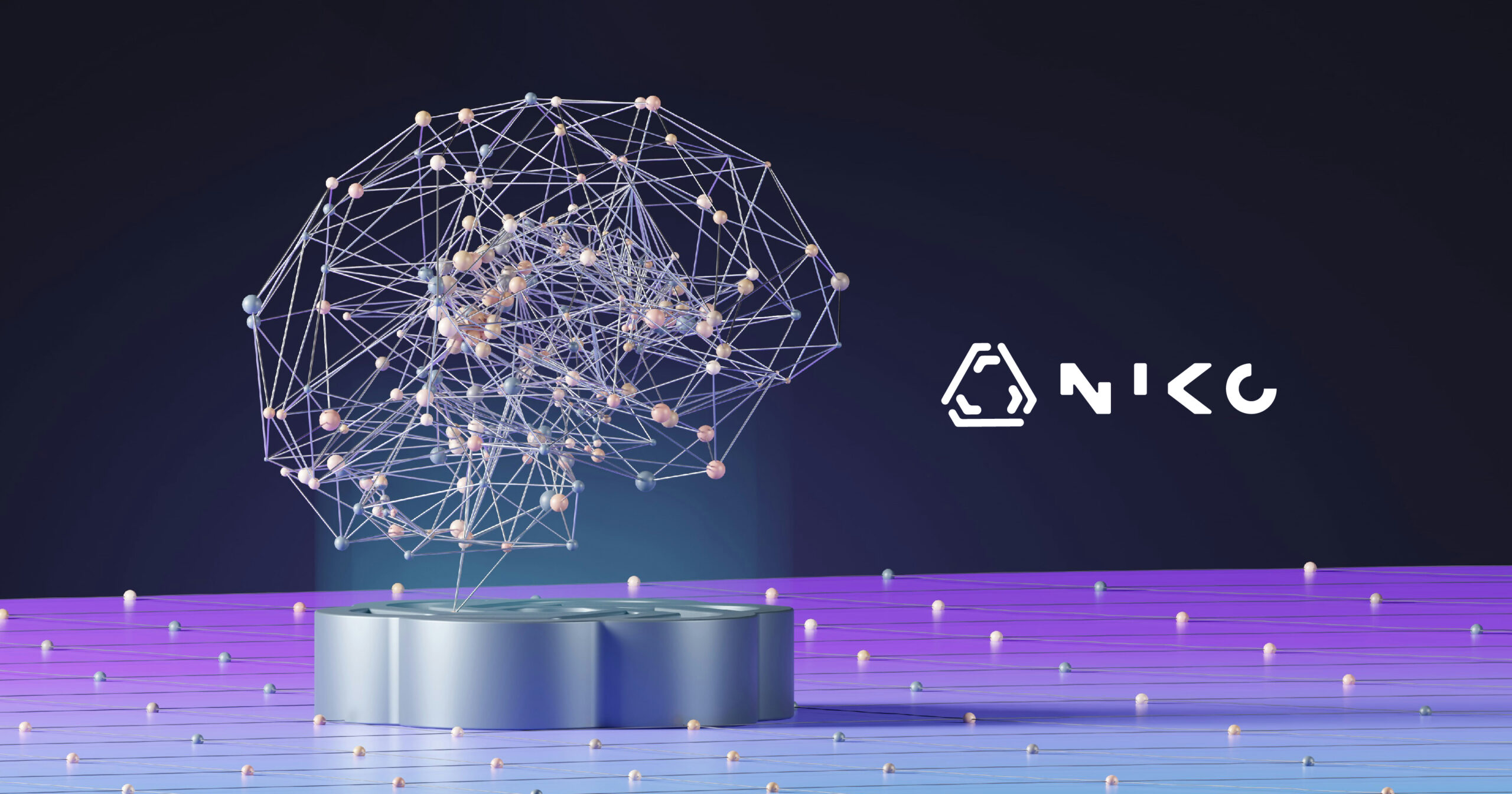Traditional credit scoring methods leave many behind. AI offers a solution.
For many, accessing essential financial products remains a hurdle. Traditional credit bureaus rely heavily on formal financial data, often excluding deserving borrowers who lack a credit history. Freelancers, individuals in the informal sector, and those with non-traditional income streams are just some examples. Without a documented track record, lenders struggle to assess their creditworthiness, leaving them shut out of the financial system.
This is where Artificial Intelligence (AI) steps in. AI can analyze a wider range of data sources, including alternative income streams and digital footprints. This allows for a more holistic assessment, bringing the unbanked and underbanked population into the formal financial system.
The Limitations of Traditional Lending
1. Lengthy and Inflexible Processes Traditional lending processes are notoriously slow and cumbersome. Potential borrowers often face extensive paperwork, multiple rounds of approval, and long waiting periods. This rigidity can be detrimental, especially for small businesses and individuals who need quick access to funds.
Read about how NIKO AutoML speeds up the lending process.
2. Bias and Inequity in Decision-Making Human-driven lending decisions are susceptible to biases, both conscious and unconscious. These biases can lead to discriminatory practices, where applicants are judged based on factors such as ethnicity, gender, or socio-economic background rather than their actual creditworthiness.
3. Limited Data Utilization Traditional lenders often rely on limited data points like credit scores and financial history to make lending decisions. This approach overlooks a wealth of alternative data that could provide a more comprehensive and accurate assessment of an applicant’s credit risk.
4. High Operating Costs Maintaining and managing traditional lending processes incurs significant operational costs. These costs are often passed on to borrowers in the form of higher interest rates and fees, making credit more expensive.
How AI Transforms Lending
1. Speed and Efficiency AI-driven lending platforms can process applications in a fraction of the time it takes traditional methods. By automating routine tasks and leveraging sophisticated algorithms, AI can significantly speed up the approval process, providing borrowers with quicker access to funds.
Explore our efficient AI solutions in “5 Ways AutoML Can Supercharge Your Lending Decisions”.
2. Reducing Bias AI has the potential to minimize human biases in lending decisions. Advanced AI models can be trained to focus purely on data-driven insights, ensuring that lending decisions are fair and based on relevant financial behaviors and risk factors rather than irrelevant personal attributes.
3. Enhanced Data Analysis AI systems can analyze vast amounts of data from diverse sources, including social media activity, transaction history, and even mobile phone usage patterns. This holistic view allows for more accurate risk assessment and can enable lenders to extend credit to previously underserved populations.
See how NIKO AutoML enhances data analysis in “Data Collection Methods: From Surveys to IoT”.
4. Cost Reduction By automating many aspects of the lending process, AI reduces the need for extensive human intervention. This automation leads to lower operational costs, which can be translated into more competitive interest rates and fees for borrowers.
Introducing NIKO AutoML: Revolutionizing Lending
At the forefront of this transformation is our AI solution, NIKO AutoML. Designed to address the inefficiencies of traditional lending, NIKO AutoML brings cutting-edge AI technology to the financial sector.
1. Automated Model Building NIKO AutoML simplifies the process of creating and deploying AI models. It automates the selection of algorithms, feature engineering, and model tuning, ensuring that the best possible model is always in use. This automation drastically reduces the time and expertise required to implement advanced AI systems in lending.
2. Real-Time Decision Making With NIKO AutoML, lenders can make real-time lending decisions. The system continuously learns and adapts, improving its accuracy over time and ensuring that decisions are based on the most current data available.
3. Comprehensive Risk Assessment NIKO AutoML leverages an extensive array of data points, far beyond what traditional systems consider. By incorporating alternative data sources, it provides a more nuanced and accurate assessment of credit risk, enabling lenders to extend credit responsibly and inclusively.
4. Scalability and Flexibility Our AI solution is designed to scale with your business. Whether you’re a small lending institution or a large financial organization, NIKO AutoML can be tailored to meet your specific needs, ensuring that you can offer competitive lending products while maintaining operational efficiency.
Read about the scalability of NIKO AutoML in “Tailoring NIKO to Your Business Needs”.
A Transformative Future
The rise of AI presents a transformative opportunity for the financial industry. By leveraging AI’s capabilities, lenders can expand access to credit for the underbanked, fostering a more inclusive financial landscape. AI offers a compelling alternative, promising to enhance efficiency, fairness, and accuracy in lending. With NIKO AutoML, we are at the forefront of this revolution, providing a solution that not only addresses the shortcomings of traditional lending but also paves the way for a more inclusive and efficient financial future.
Embrace the future of lending with NIKO AutoML and transform your lending process today.


